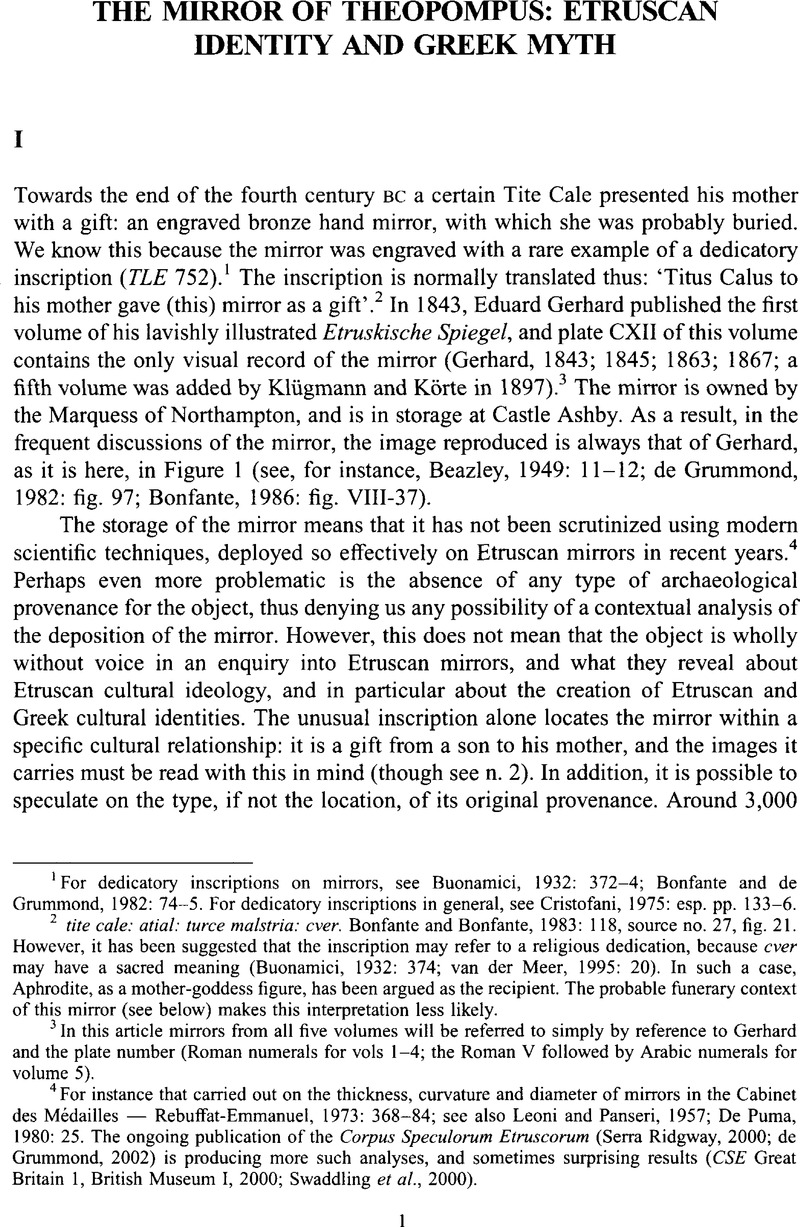Crossref Citations
This article has been cited by the following publications. This list is generated based on data provided by Crossref.
de Angelis, Francesco
2016.
A Companion to the Etruscans.
p.
368.



